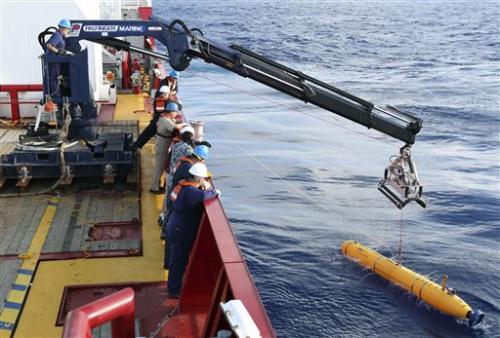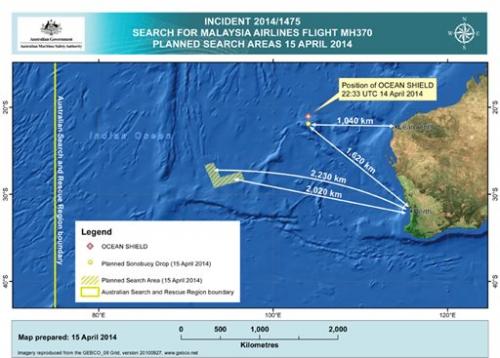
Last month, Electronic Products spoke with Becky Oh , President and CEO of PNI Sensor Corporation, about how wreckage-searching robots will find MH370. She detailed that “autonomous underwater vehicles (AUVs) are currently being utilized in the search efforts. Both the Bluefin 21 and the Remus 6000 are currently deployed.” Oh went on to explicate the importance of this technology by saying that “these specific research vehicles are designed to operate in full ocean depth. While PNI sensors are not in these particular vehicles, our technology is used in sidescan sonar such as the L3 Klein 3000 DEEP and other manufacturers' AUVs. The magnetometer, or compass, is required to ensure that all areas of the search location are covered effectively. Think of a lawnmower – you want to ensure that the lawnmower is moving in straight lines with little overlap so as to make your mowing as efficient as possible and you don’t miss any blades of grass. The compass works to orient the heading of the AUV to ensure the efficient coverage of the search area. These deep water AUVs require a very precise navigation system, as they don’t often come to the surface to access GPS for orientation or error correction.”
On Tuesday, a Bluefish submarine robot was launched into the ocean again as an effort to locate parts strewn about from the missing plane. The first time the Navy’s Bluefish 21 submarine was launched, the initial plan was scratched due to the ocean’s subterranean depths. It only completed only 6 out of the planned 16-hour search, and the robot did not find any pertinent plane evidence. This robotic submarine was preset to hover at 100 feet below the ocean’s surface and navigate up to 15,000 feet deep. Once it began attempting to go deeper than the maximum underwater level, the U.S. Navy pulled the submarine from the water. The Bluefin submarine did not suffer any damages as it plunged underwater. Before the Bluefin was sent out again on Tuesday, the U.S. Navy moved the target search area to another location.
Although submarines with deeper diving capabilities are being considered for this endeavor, none are yet ready to hit the water. So the Bluefin will have to perform, programmed to pilot around the ocean for 24 hours. This includes 2 hours to dive to the ocean floor, 16 hours to search the bottom of the ocean, two hours to reach the water’s surface, and another 4 hours of data uploading to analyze.
The Bluefin is able to create a 3D sonar map of any remains that are detected on the ocean’s floor. 
The seabed is covered in silt that could conceal plane remnants and make it extremely challenging to locate. The search area changed when a U.S. Navy device picked up on underwater sounds that could possibly be from an aircraft’s black box that recorded flight data and conversations in the cockpit. The only caveat is that the black boxes have a battery life of one month, and at this point, they are presumably finished.
This ongoing search is anticipated to come to a close by the end of the week. Thus far, zero pieces of remains or evidence have been found, and the chances of discovering anything is slim to none.
Story via Phys.org
Advertisement
Learn more about Electronic Products Magazine





